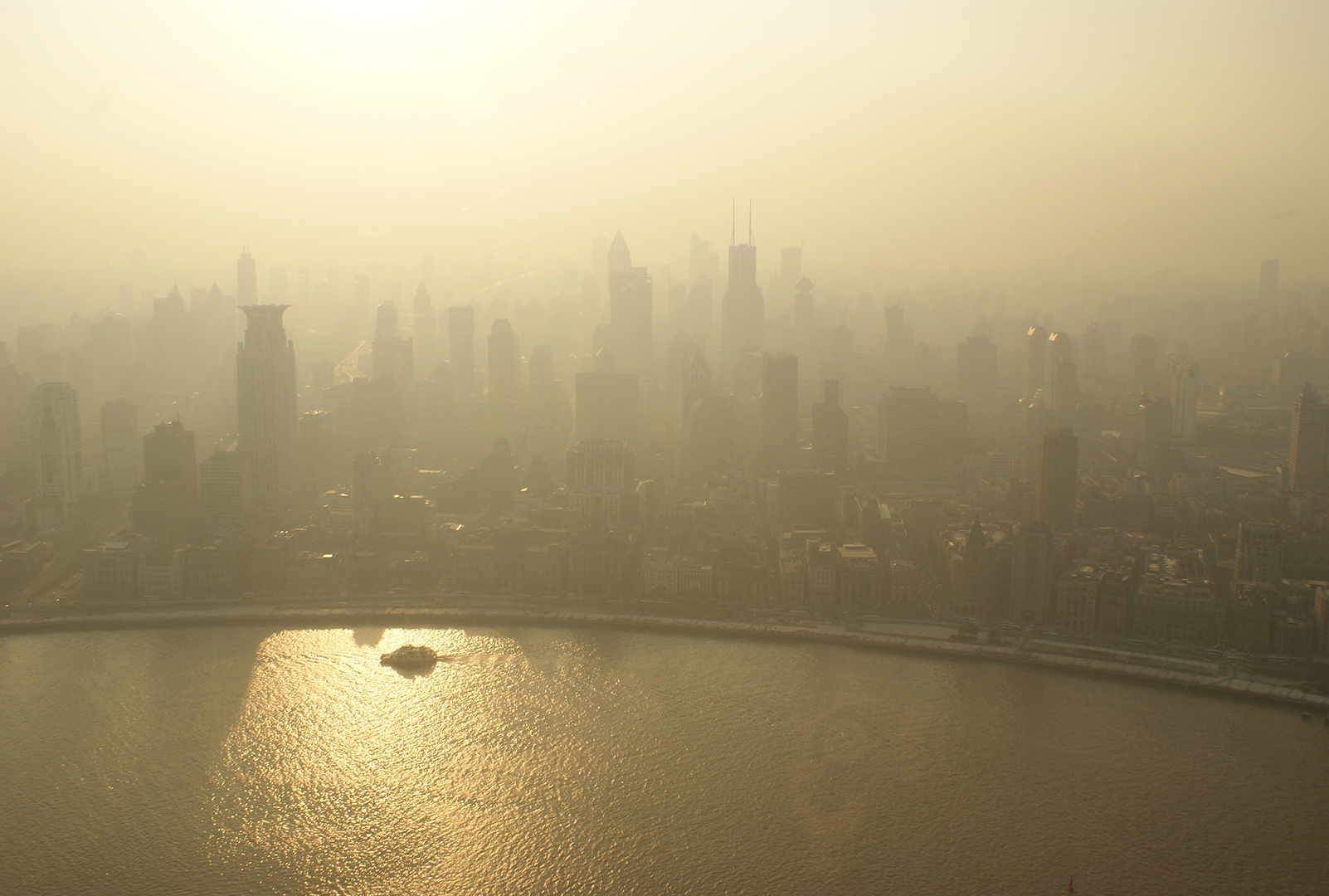
According to the National Parks Conservation Organization, haze affects almost 90% of national parks. Significantly, haze — and the air pollution that it creates — can travel from places hundreds of miles away. Its detrimental impacts plague many scenic places throughout America, from national parks to local gardens. To address this problem, certain states have introduced new regulations that seek to protect important areas.
The visual effect known as haze occurs when sunlight encounters tiny pollution particles which linger in the air. Pollution is mostly caused by human activity, including the production of fossil fuels, the extraction of oil and gas through drilling, and the emissions of carbon dioxide from transportation, agriculture, and electrical generation. Natural events that spark haze are also often caused by human activity, such as the recent wildfires that devastated the towns of Lahaini, Maui, HI, and Superior, CO.
Haze can seriously damage the scenic value of an area by contributing to limited lines of sight. This can rob people of the ability to fully experience the wonder of the nation’s natural assets in national and state parks, or wildlife areas.
Additionally, haze pollution also affects economies in areas which depend on tourism and parks, which provide economic output and contribute to thousands of jobs annually. According to the National Park Service, 312 million national park visitors provided $50.3 billion in economic output in 2022, which supported 378 million jobs nationwide. Since visual blight can deter tourists and residents from visiting parks, these figures could dramatically decrease.
Haze also poses a threat to public health in two major ways. Inhalation, which occurs when particles smaller than ten micrometers are inhaled into the lungs and bloodstream, can cause several health complications such as asthma and irregular heartbeat. Haze also impairs roadway visibility, increasing the risk of collisions. It is worth noting that poor community health can raise healthcare costs.
Under an amendment to the Clean Air Act (42 U.S. Code § 7491), which passed in 1977, Congress established a national visibility goal to restore pristine conditions in national parks and wilderness areas. Specifically, Section 169 of the act establishes air quality and visual protection to national parks larger than 6,000 acres and wilderness areas larger than 5,000 acres. These sites, known as “Class I” areas, are managed by the National Park Service, U.S. Forest Service, U.S. Fish and Wildlife Service, and several Indigenous tribes.
Of the varying state approaches using the Clean Air Act to address regional haze pollution in scenic areas through a regulatory framework, one of the most comprehensive is Colorado Regulation 18498. Under the state’s Department of Public Health and Environment, the regulation sets new guidelines for the state’s Air Quality Control Commission.
Established in 1987, the State of Colorado’s Class I Visibility Monitoring Strategy consists of the following four components:
1. Provide information for new source visibility impact analysis;
2. Determine existing conditions, in Class I areas and the source(s) of any certified impairment;
3. Determine actual effects from the operation of new sources or modifications to major sources on nearby Class I areas; and
4. Establish visibility trends in Class I areas in order to evaluate progress toward meeting the national goals of visibility protection.
A robust visibility monitoring system will continue to be necessary to combat the spread of regional haze pollution throughout the state, including in new project developments.
Recent changes to the regulation on May 16, 2024, further highlight the importance of curbing pollution emissions in statewide communities. Specifically, new revisions to the department’s Environmental Justice Summary require construction permit applicants to identify the pollutants that projects would cause (Part B, Section III, B.5.a). Pollution emission estimates from the project source are required in the permit application.
In each case, applicants are now required to submit a map of the project site with a one-mile radius. The map would show the project’s proximity to areas that would be affected by pollution emissions and haze (Part B, Section III, B.5.b).
These are examples of several of the kinds of provisions that would begin to address the severe problems associated with haze pollution. Scenic America calls upon all equivalent regulatory bodies to explore adopting similar standards to protect scenic value.